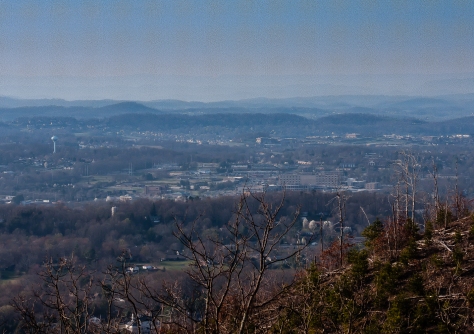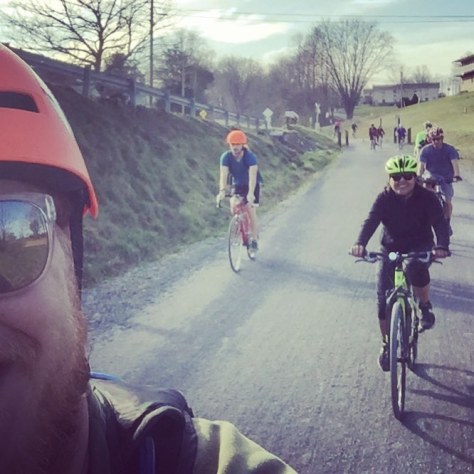Have you had a problem that you could not solve, one that picked at the back of your brain constantly? Perhaps not a question but an anger, stress or sadness; just a weight you could not get off your soul?
My girlfriend invited me to a relaxing evening around a campfire with some of her co-workers. After some debate, we decided to go to enjoy time together with good company and beer.
We arrived on location where this campfire was to be and those there had started a small fire and were relaxing and conversing about many things. Conversations of which some could be shared but some that can definitely not be shared by those that had all ready had too much to drink. I quickly discovered that the occasion for the campfire was that a couple in the group, whom my girlfriend works with, were getting married the next day.
In short, a few people were acting like idiots.
I found myself completely aggravated. I could not clear my head of those life stressors and did not want to take it out on those around me. I was in a celebratory setting with people trying to have good time and all I could do was be angry.
One of the people trying to have a good time began sawing on a felled tree that was hanging from another tree. The situation looked dangerous. It was night in the woods, 300 meters down a rocky trail, and somebody who did not seem well versed in the skills needed to fell a tree, was cutting one down while drinking with an audience around. Being short tempered already, I began to speak of how ludicrous and idiotic this mission was not to mention dangerous. Knowing full well that when I spoke I was bout to sound very much like a horses ass I decided to say nothing at all.
My mother would have been proud of me.
I instead decided that I would just cut this tree down so that I could do it the right way and nobody would get hurt. When I began chopping on this tree I was focusing on those that were watching and was angry at them for trying to chop this tree down in such an unsafe way. I began chopping harder and harder trying to inflict the most damage I could with every swing. I chopped all the way through the tree and nothing. The top of the tree was still hung up and the base that I was chopping swung slightly and then settled on the ground from the weight of the tree. This made me angry and at that moment I made up my mind:
The tree was coming down that night.
I again began chopping and sawing and with every swing I became more tired and less stressed. I was grunting, sweating and swinging. Imagining everything I was angry at with every swing, I could see the sources of stress and those stresses manifest in front of me on that tree. I was swinging with the intention of bringing that tree completely down with every swing and destroying the source of my stress at the same time.
I chopped on this tree until I was near vomiting before I passed the axe off. I watched for a minute while others chopped a little. Mostly they would knock a little piece off and progress the work a little at a time; clearly they were not carrying the stress that I was.
They were actually doing more work than I would have been at the time. Being exhausted my muscles would begin to fail and I could no longer efficiently hack away at the tree. Those that were around, giving a helping hand or support, were much appreciated; continuing the work I was not physically strong enough to continue while I rested.
I wanted to be the one that brought it down though. That feeling of accomplishment or success is what I needed. It was what I needed after doing so much work and working so hard.
By the time the tree came down I could barely pick the axe up. My arms had become so weak that the weight of the axe was nearly too much. However my mind had shifted. I was no longer focusing on my stress or my anger. I was not mad at all. I was not mad at the tree for making it so difficult to come down. I was not mad about any of the stress that I had been thinking about before.
I am not talking about labor as in your job either. I am discussing the type of manual labor that completely exhausts you. Labor that exhausts you past the point of physical exhaustion. When your mind is tired of telling your body to keep going and your body tells your mind that that is it. There is no more in the tank. There is just nothing left to give.
This moment is when your body begins to burn the stress and anger; not having the physicality left it uses the emotion and stress of life to push beyond its physical stopping point. This action allows one to unload the weight that they have been carrying with them. Most are strong enough to carry these burdens daily but every person needs rest at some point. No stranger to manual labor and having completed my fair share I was surprised by a lesson I had forgot. The tree became the bench upon which my stress had been placed and the axe with which it was laid.

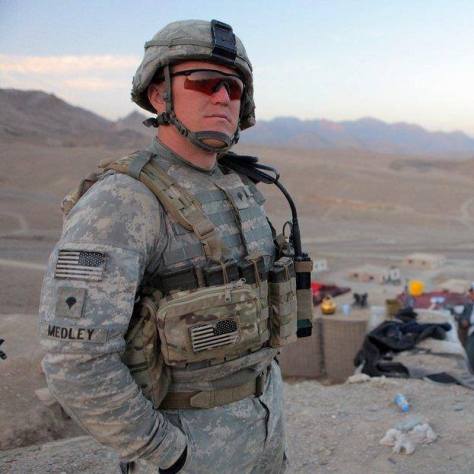

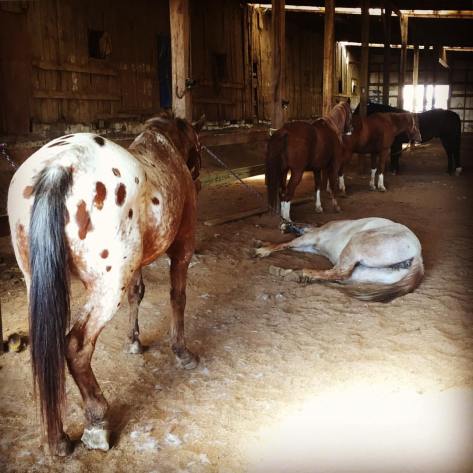
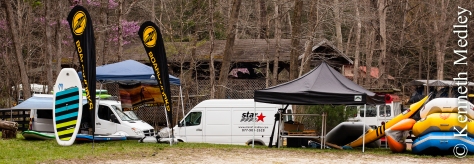
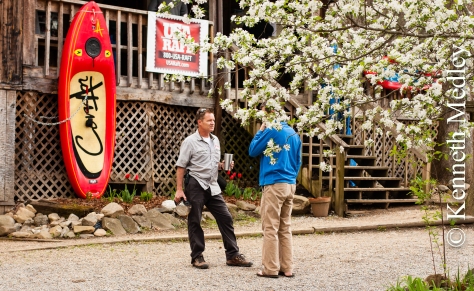
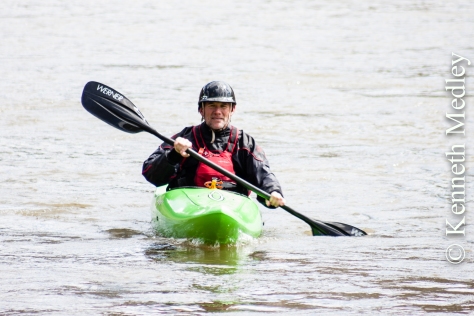


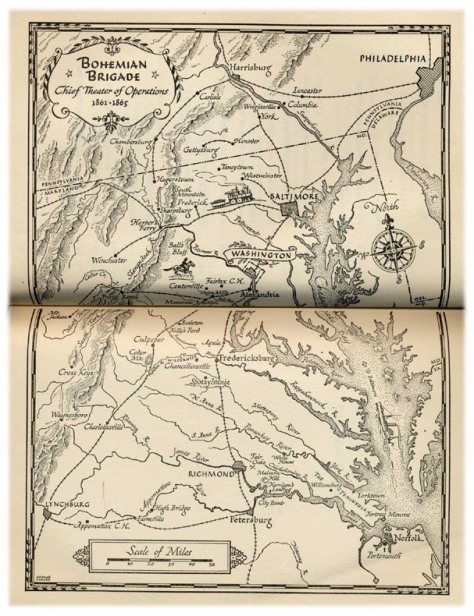 Photo courtesy of
Photo courtesy of 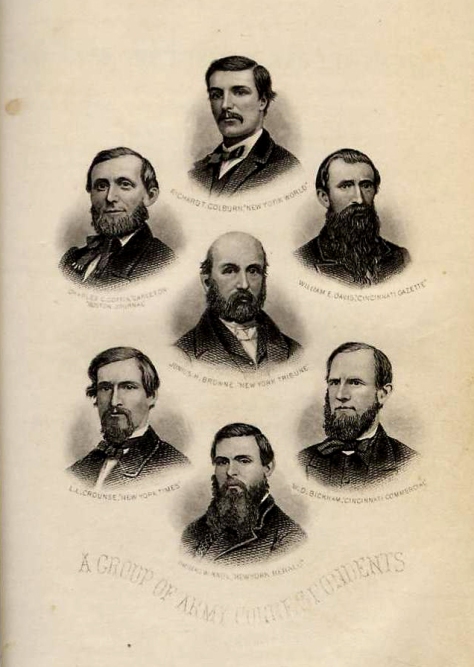 Charles Colburn, N.Y. Herlad, Charles C. Coffin, Boston Journal, Julius Browne, William Davis Cincinnati Gazetter, L.L. Crounse, “New York Times, W.D. Bickham, Cincinnati Commerce, Thomas W. Knox, New York Herald. CDV courtesy of Leon Basile’s Collection. Photo courtesy of
Charles Colburn, N.Y. Herlad, Charles C. Coffin, Boston Journal, Julius Browne, William Davis Cincinnati Gazetter, L.L. Crounse, “New York Times, W.D. Bickham, Cincinnati Commerce, Thomas W. Knox, New York Herald. CDV courtesy of Leon Basile’s Collection. Photo courtesy of 

